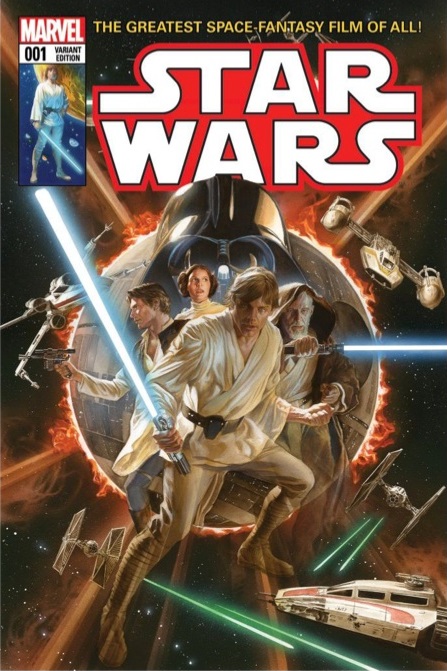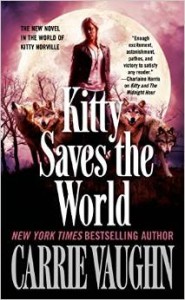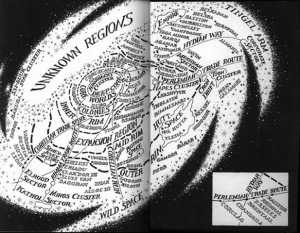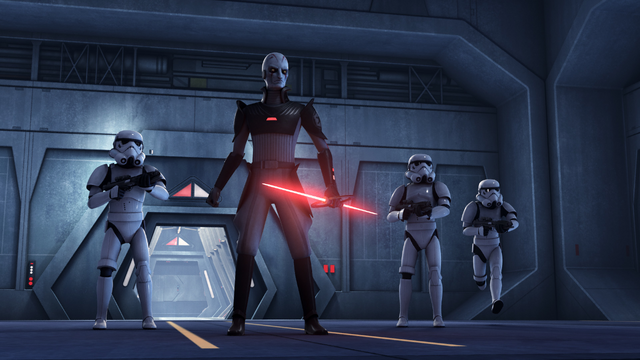 “Forever? ‘Forever’ is a word for children.”
“Forever? ‘Forever’ is a word for children.”
– Master Kan, Kung Fu
After months of stories set between Revenge of the Sith and A New Hope, the new Star Wars canon has now moved whole-heartedly into the post-Yavin time period with the Star Wars and Darth Vader ongoing comic series from Marvel and next month’s Luke novel Heir to the Jedi. Advance review copies—or ARCs, as us super-cool blogosphere folks call them—for HttJ have been circulating for a while now, and already one prominent discussion topic has been whether it takes place before or after the events of the already-released Star Wars #1. I’m still working on my own ARC so I couldn’t speak authoritatively on that subject just yet, but I do think there’s something else worth asking right now: how badly do we need to know?
A while back I spoke about the continuity-shaking chaos that was the Legends post-Yavin timeline, and how impossible it was to arrange a logical sequence in which all the known events could take place. I expressed my hopes for the new canon as such:
“The exact chronology isn’t clear yet, but if HttJ takes place, say, six months after ANH, for god’s sake, make that clear in the story. I want to feel those six months in Luke’s character, and if a story in the comics takes place at the same point in time, Luke shouldn’t be there. If he gets so much as a papercut on the fourth day after Yavin, I want to see a band-aid on his finger on the fifth day, no matter how much time separates those two stories in the real world.”
 Recently one of my authors, Carrie Vaughn announced the end of her main series. I call her ‘one of my authors’ because for the past 6 years I could always count on her to have a new book (or two) out each year. For someone who reads as much as I do this is important. Star Wars was winding down and not producing as much in the past and I have to have a book on me all the time. She’s an author that I’ve met and hung out with on several occasions over the years that I adore because she’s so personable and always forthcoming with the fans. For years she has said, “If you ever see the title Kitty Saves the World, that is the last book for my main character. So as an avid reader I’m sure you can all imagine my dismay at seeing her Facebook post a few weeks ago with the image of a new book with that title. One goes through various stages of grief all in an instant when one finds out a favorite series is ending. However, upon further reflection I heartily applaud Vaughn’s decision.
Recently one of my authors, Carrie Vaughn announced the end of her main series. I call her ‘one of my authors’ because for the past 6 years I could always count on her to have a new book (or two) out each year. For someone who reads as much as I do this is important. Star Wars was winding down and not producing as much in the past and I have to have a book on me all the time. She’s an author that I’ve met and hung out with on several occasions over the years that I adore because she’s so personable and always forthcoming with the fans. For years she has said, “If you ever see the title Kitty Saves the World, that is the last book for my main character. So as an avid reader I’m sure you can all imagine my dismay at seeing her Facebook post a few weeks ago with the image of a new book with that title. One goes through various stages of grief all in an instant when one finds out a favorite series is ending. However, upon further reflection I heartily applaud Vaughn’s decision.


